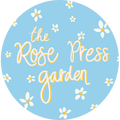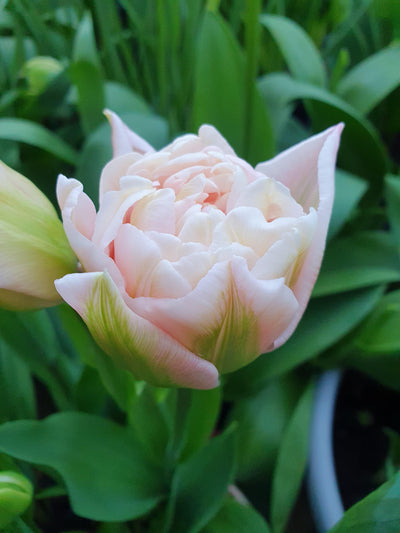No Mow May
Many suggest we are in for the hottest summer on record, and few have forgotten the scorching temperatures of last year. With the climate crisis escalating and changes becoming more visible in our daily lives and in our gardens, it is imperative that we gardeners do what we can to mitigate our own impact on the environment. Pollinators are in decline, and refuges for wildlife are becoming fewer and more scarce. Now more than ever we need to cater for our fellow creatures, and there is no better way to do this than through our gardening.
Opting for pollinator-friendly, single flowers and leaving wild areas as refuge for small mammals and other creatures is simple and free, but the difference it will make is astronomical. Opting for chemical free, organic products is a must – slug pellets no longer have spaces in the sheds of 21st century gardeners! However, perhaps the easiest change you can make to your garden is through your lawn. Rigorous lawn care: weeding, treatment, watering, is damaging to all in the name of aesthetics.
Instead, try extending No Mow May to No Mow June, July, August…. Watching wildflowers grow and develop throughout the year and grass from the meadow maturing is not only rewarding, but significantly more beautiful than carefully manicured turf!
All that needs to be done in terms of maintenance is to cut the meadow in late August or in September, before leaving it right the year round without a single mow. This will not only encourage the development of wildflowers such as ox eye daisies and wild orchids, but also means less work for you, the gardener, in mowing that section of lawn right throughout the year. One key thing to remember after cutting is to leave the debris on the ground where it fell for a few days. While this may look somewhat unsightly, it will allow any wildflower seeds to fall into the soil, ensuring another beautiful display next year, and allows wildlife to move on and find a new home for the winter.
Another lovely idea is to mow and keep maintained a small, meandering path through your patch of wildflower meadow, allowing you to both get up close to the plants, and fulfil your cottage garden dreams of wafting through on a summer evening!
The amount of wildlife you will find in your garden within only the first few weeks of not mowing is astounding, at no compromise to both the look of your garden and your ever increasing list of jobs to do outdoors! From bees and butterflies to frogs and birds, all will find refuge in this small area. In addition, it required absolutely no watering and very little maintenance throughout the course of the year.
Many of the seed varieties on offer at The Rose Press garden would be perfect to thread through a wildflower meadow, from foxgloves and hollyhocks to forget-me-nots and poppies, it is easy to enhance your wild patch for both you and wildlife. If in doubt, think if the plants can be seen growing in wild areas, in which case they will suit perfectly any naturalised area in your garden.
The most important component of No Mow is to not overthink it! A simple but extremely rewarding method of gardening, think about reducing your carbon footprint in gardening this season. If you have no grass in a smaller space, perhaps consider planting up pots with a wildflower mix, which will have a similar effect and will provide re-fuelling stations for all pollinators.
Written by Becky Buxton





Leave a comment